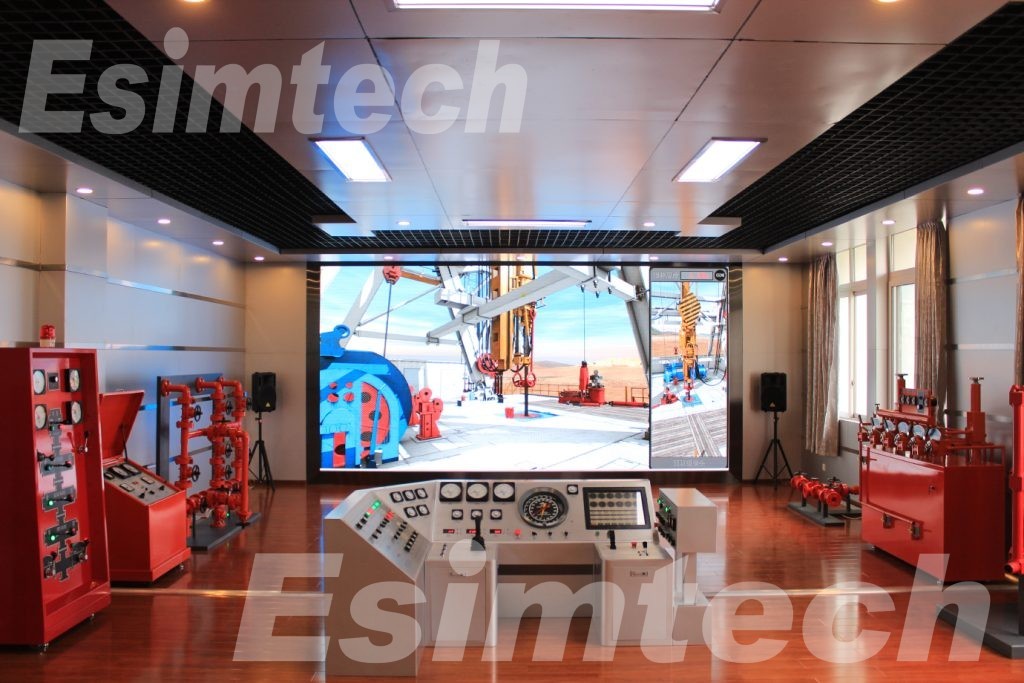At the recent Land Oilfield Equipment Upgrade Seminar, industry professionals and oilfield executives came together to see the next big thing in drilling - a truly modular land oil rig construction that can be set up and taken down in record time. Using a hands-on scale model, the event illustrated how this fresh approach could slash costly delays while boosting both extraction speed and overall budget performance.

Modular Oil Rig Design: A Breakthrough in Efficiency
The star of the show was the live run of the modular rig system. Unlike conventional rigs that demand lengthy on-site assembly and a tangled web of trucks and cranes, this design uses pre-fabricated sections made offsite, moved easily, and snapped together with only a few crew members and basic tools.
Modular Oil Rig Construction
Because every major piece - the derrick, substructure, mud pumps, and control panels - is wired for plug-and-play hookup, crews can trim rig-up time from several weeks down to just a couple of days. The same technology makes rigging down faster too, so moving from one well to the next consumes much less of the budget and calendar.
Faster Assembly, Lower Costs
Moving a traditional land rig on-site is never simple. Convoys of flatbeds crawl over rough roads, each load consumes fuel, and crews spend hours securing every component. With a modular rig, much of that hassle diminishes. The system breaks into container-sized pieces that fit onto standard trailers, cutting truck trips, curbing emissions, and trimming the budget.
During the seminar, engineers walked attendees through the assembly step by step. Quick-lock clamps and built-in power rails allow each module to snap together without special tools. When the tall derrick slid upright, hydraulic jacks steadied it and anchors bit in - all within thirty minutes. That brisk pace spares workers long hours in the dust and lowers the odds of accidents.
Data-Driven Efficiency Gains
While people watched the live feed, a second team pulled up hard numbers from past projects. Head-to-head, the new rigs needed 28 percent less time to stand up and consumed 15 percent less energy. On top of that, faster pipe handling and a smart control room kept the drill bit biting, boosting overall output.
Oil Rig Simulation Training
Oil rig design works a lot better today, mostly because of smarter design changes. New automation tools and better hydraulic layouts give the crew tighter torque control, steadier drilling, and less wear on parts, even during long jobs. This extra reliability cuts back on time and money spent fixing equipment, allowing the rig to keep running when the schedule demands.
Training & Simulation Support
Upgrading the hardware only gets the team part of the way there, though, so seminar leaders urged operators to invest in solid training. Following that advice, Esimtech rolled out realistic, computer-based drills that allow crews to practice everything from assembling the rig to handling the worst emergencies, all without leaving the port. New workers climb the learning curve much faster while veterans stay sharp on the latest moves, making the whole team safer and quicker.
Blending rugged, modular field gear with these next-generation simulations gives land operators both immediate wins and the peace of mind for years to come. Esimtech's platform even allows managers to test new layouts, materials, or automation ideas virtually before they set foot on the rig, so potential problems are spotted early and costly surprises in the field are kept to a minimum.
Sustainability Benefits
Today, environmental care isn’t optional in oilfield work, and the new modular rig makes that clear. Moving smaller, pre-assembled sections reduces fuel use on the road, quicker setup shrinks engine hours, and factory-built units produce a lot less scrap. Energy-saving motors, reclaim tanks that clean and re-use drilling fluid, and smart technology that warns of worn parts solidify cleaner drilling.
For operators facing tougher regulations or trying to meet their own ESG targets, this rig layout is a practical path forward. Modular gear doesn’t just boost speed; it updates the entire site in a responsible, easy-to-expand, and future-ready way.
The Future of Oilfield Development
At last week’s Land Oilfield Equipment Upgrade Seminar, it became clear: modular rigs are no longer a theory - they are the new standard. Live build demonstrations, hours logged on actual wells, and stacks of efficiency charts showed that smarter, faster, and more flexible rigs now set the pace. Because of that, every piece of equipment, every team schedule, and every budget plan is being reset across the industry.
Oilfield companies are always looking for new ways to drill faster and greener, and adopting modular technology could be the edge that keeps them on top. Because firms like Esimtech build rigs that can be moved and upgraded easily, the next generation of land drilling promises to be more mobile, efficient, and environmentally friendly.
For a deeper look at modular rigs and how they are changing oilfield plans, check out our complete guide on building modern drilling units.